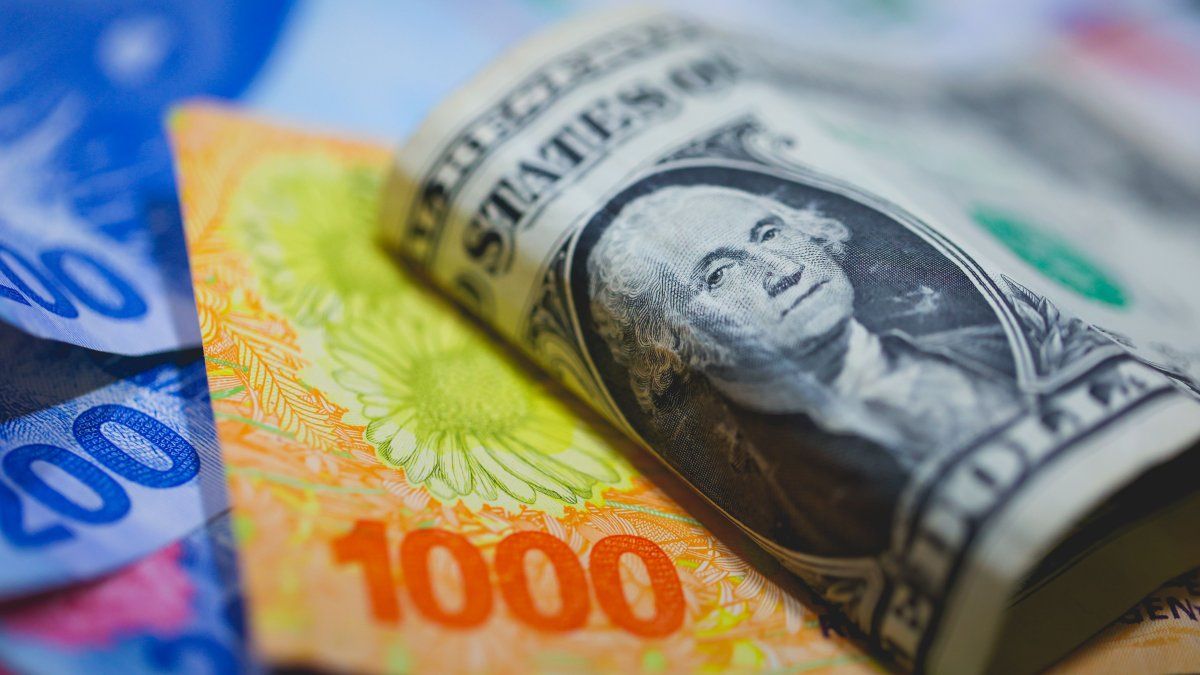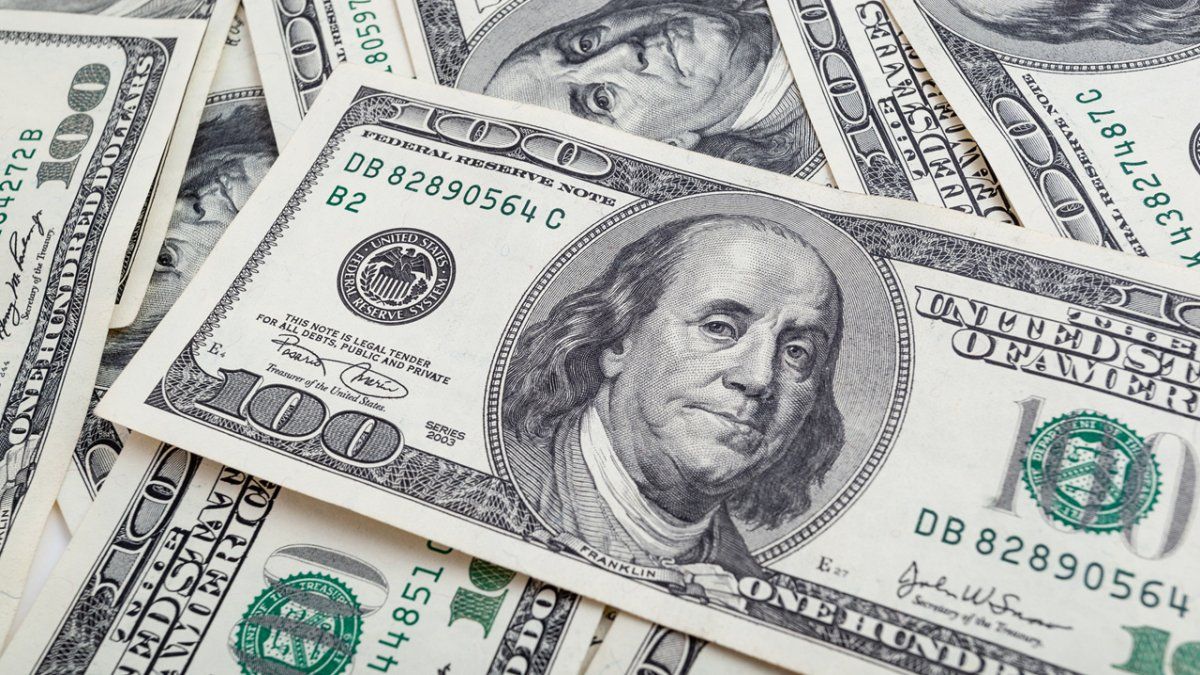The Government had been seeking a convergence between the rate of inflation monthly, the pace of devaluation of the official dollar and the performance of the investments in pesos. Although the latest data goes in that direction, The regional context, with the strong depreciation of the Brazilian real, and the pressures on parallel exchange rates at the local level may put said convergence at risk..
So far in December, the Central Bank (BCRA) maintained the “crawling peg” for the wholesale exchange rate in the order of 2% monthly. However, those savings options available in dollars had disparate variations during the month in question.
On the one hand, the “card” or “savings” dollar suffered a collapse of 17.2% due to the definitive reduction of the PAIS Tax, which took the price from the area of $1,670 to the current $1,365. On the contrary, parallel dollars overheated after three months with strong declines; The CCL rose nearly 8%, the blue 8.5% and the MEP had an increase of almost 10% so far.
In this way, unofficial prices returned to the $1,200 area and the gap jumped from 5% (minimum since 2019) to 15%. Looking ahead to the coming months, analysts estimate that Pressures on the greenback may extend given that the real value of the currency had hit extraordinarily low levelsin a regional context that does not accompany.
The economist Andres Salinas He pointed out in dialogue with Scope that the focus of the BCRA and the Government is on fiscal discipline and reducing inflation, “so while this continues, the movements of the parallels are due to secondary or seasonal issues that should not jeopardize the plan “.
However, the analyst does view the situation in Brazil with concern. “I think we do not appreciate the problems that such a devalued real can bring us. A US presidency with a tendency to strengthen the dollar and a government in Brazil making the same mistakes as Argentina, making the real increasingly weaker, may have to drastically recalculate local economic policy.. We are going to have to follow our Latin American neighbor more closely to be able to move in time,” he deepened.
For its part, Brian TorchiaCorporate Finance Manager at Pgk Consultores, rHe recalled that the Argentine peso was the currency that appreciated the most in the world during 2024, which “far from being a notable achievement or milestone, constitutes a threat to the dynamics of foreign trade and sowing” and is “the seed of the ‘carry trade’something that in any developing country is unfeasible to sustain for a long time without generating tensions sooner rather than later.”
Furthermore, he warned that in case the Executive Branch does not give the necessary attention to the situation in Brazil, “The probable scenario is the one with the greatest tendency towards primalization (advantages of importing Brazilian goods) with its consequent impact on the generation or transformation of employment and income levels, followed by the increase in tensions in the trade balance.”
Despite the intentions of the Government and the BCRA to reduce crawling, the prices agreed in the contracts of the future dollar indicate that the official adjustment rate would remain not far from 2% during the first half of 2025. The deadlines show that the annualized nominal rates (TNA) would go from 33% in January to approximately 25% in June.
Lecaps continue to beat inflation and the dollar
In parallel, it is worth remembering that today the Central has the TNA of monetary policy at 32%equivalent to 2.7% monthly. While the average of the fixed terms in the country’s main banks gives a TNA of 28.8%equivalent to 2.4% monthly.
These values are located in line with the latest inflation data published by the INDEC (in November it was 2.4%) and exceed the devaluation rate official. However, recent pressures on the dollar could also slow down the inflationary slowdown process. This, in turn, could also interrupt the path of reducing the rate in pesos that the monetary authority has been applying at the pace of the decline in general price increases.
In this framework, the Capitalization Letters (Lecaps) of the Treasury, which mature in 2025, are offering annual returns of around 40%, which gives them a certain appeal. In parallel, inflation-adjusted securities (CER) have very different returns; While the TZX25 has a negative IRR of -8.3%, rates turn positive from 2026 onwards.
“The validation of expectations by the Government at a general macroeconomic level (fiscal, inflationary and exchange rate) is crucial to sustain in a ‘reasonable’ way the possibility of continuing with ‘carry trade’ strategies. Since, otherwise, the risks would be to see a 2018-style avalanche from the Macri government, where large funds decided to end their carry operations and protect themselves in the dollar (official, by then), thus generating a ‘door 12’ effect. with a significant run on the exchange rate,” Torchia warned.
Source: Ambito
I am an author and journalist who has worked in the entertainment industry for over a decade. I currently work as a news editor at a major news website, and my focus is on covering the latest trends in entertainment. I also write occasional pieces for other outlets, and have authored two books about the entertainment industry.




